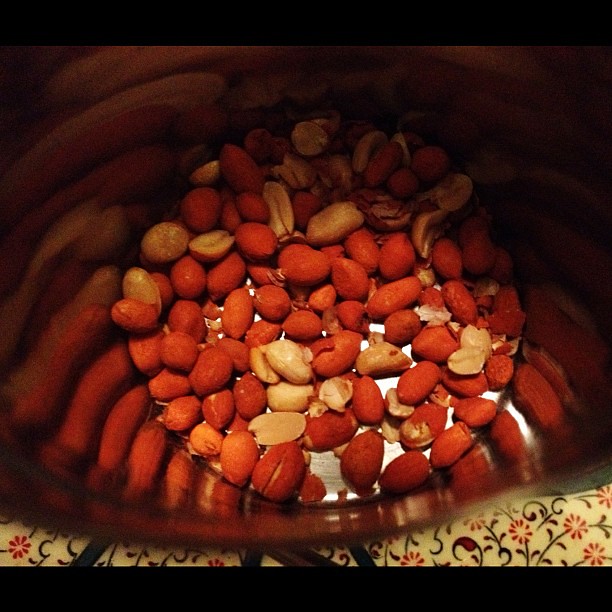Karnataka has a rather weird liquor license policy. Some twenty years ago, back when S Bangarappa was the chief minister (if I’m not wrong) the state decided to freeze the number of bars. “Growing alcoholism” was the ostensible reason. Since then, if someone has to open a bar, the license has to be purchased from an existing bar owner who will then shut down his bar. Thus, the number of bars in the state (whose population has increased manifold since) has remained constant.
This is not the only funny aspect of liquor regulation in Karnataka. Till recently, there was also the rather bizarre requirement that each bar sell a minimum “quota” of liquor each month. If the bar failed to do so, it had to pay “short lifting” fines. While this regulation (minimum “lifting” by bars) went much before the time when number of licenses was capped, the two can be seen to be related. When the number of licenses is capped, the state needs to ensure that it gets a certain fixed revenue out of excise licenses and sales. Fixing a minimum sale quantity ensures that licenses are not “wasted” by bars with low sales, and in case they are, the government doesn’t lose out on such sales.
A possible reason that this rather bizarre regulation on minimum sales was lifted is due to it becoming moot thanks to competition. When the number of liquor licenses is limited, the price increases, and thus bars which are selling lower amounts of liquor find it more profitable to cash out on their licenses than continue their business. Thus, bars that continue to have their licenses are those that continue to sell significant quantities, which makes the quotas moot.
Nevertheless, the cap on the number of bars means that the liquor scene in Karnataka is rather bizarre, the point being that there are no “middle class bars”. Here in Barcelona, where I’m currently on holiday, pretty much every restaurant and cafe has an alcohol license (at least beer and wine), and it is possible to have a drink in an “ordinary setting” at a reasonable price. A glass of beer at any of these establishments, for example (small quiet places which are seldom crowded), costs about EUR 1.80 (~Rs. 120 by today’s exchange rate).
In Karnataka, on the other hand, thanks to the limited licensing regime, a bar needs to do a certain minimum amount of business before it is viable. This has led to bars in Karnataka adopt one of two opposing routes. Some play the volume route, setting up an atmosphere where there is quick turnaround of customers (it can be argued that atmosphere is set up to ensure customers don’t stay too long) each of who consumes in significant volumes so that the bar can make significant amount of money despite charging only a small premium on the liqour.
At the other end you have the rather fancy “value players”, who make their margins on rather large markups on the liquor they sell. These are typically fine dining restaurants where people’s primary purpose is eating (rather than drinking) and which have rather low table turnover. A combination of the above two means that volumes are low, but such restaurants more than make up by means of significant markups. These markups are extended to non alcohol items also (these restaurants can afford to charge a premium since all other similar restaurants serving alcohol also charge the same premium, and presence of alcohol is a hygiene factor for such restaurants). Here is an old blog post where I argue why liquor regulations imply high.
So the question is if the government can do away with the bizarre regulations on minimum sales, why can’t they increase the number of liquor licenses? The problem is that it is a classic case of baptists and bootleggers. The baptist case is that by issuing more liquor licenses, it makes things easier for people to drink alcohol and that’s not a good thing for society. And the bootleggers are existing licenseholders, whose licenses will get devalued if their supply increases. I just realised I’ve already done another blog post addressing this topic.



